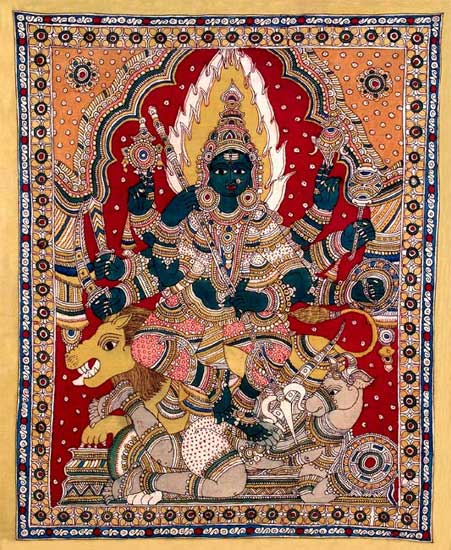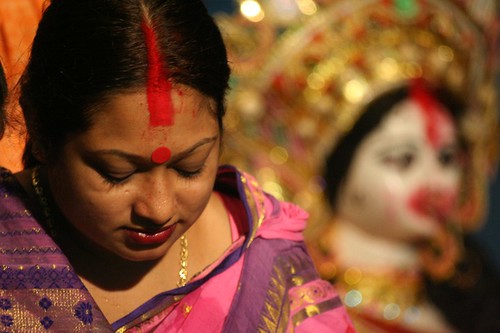
Opera Imaginaire (1993) is an assembly of animated short films based on twelve of opera's most popular arias, including excerpts from "The Magic Flute," "Tosca," "Madame Butterfly," "Pagliacci" and more.
Flower duet, directed by Pascal Roulin, music from LAKME by Léo Delibes (1836-1891).
Under a dome of white jasmineWith the roses entwined together
On a river bank covered with flowers laughing in the morning
Gently floating on it's charming risings
On the river's current
On the shining waves
One hand reaches
Reaches for the bank
Where the spring sleeps and
The birds, the birds sing.
Under a dome of white jasmine
Ah! calling us
Together!
Under a dome of white jasmine
With the roses entwined together
On a river bank covered with flowers laughing in the morning
Let us descend together
Gently floating on it's charming risings,
On the river's current
On the shining waves,
One hand reaches,
Reaches for the bank,
Where the spring sleeps,
And the birds, the birds sing.
Under a dome of white jasmine
Ah! calling us
Together!
Fabulous!

















































